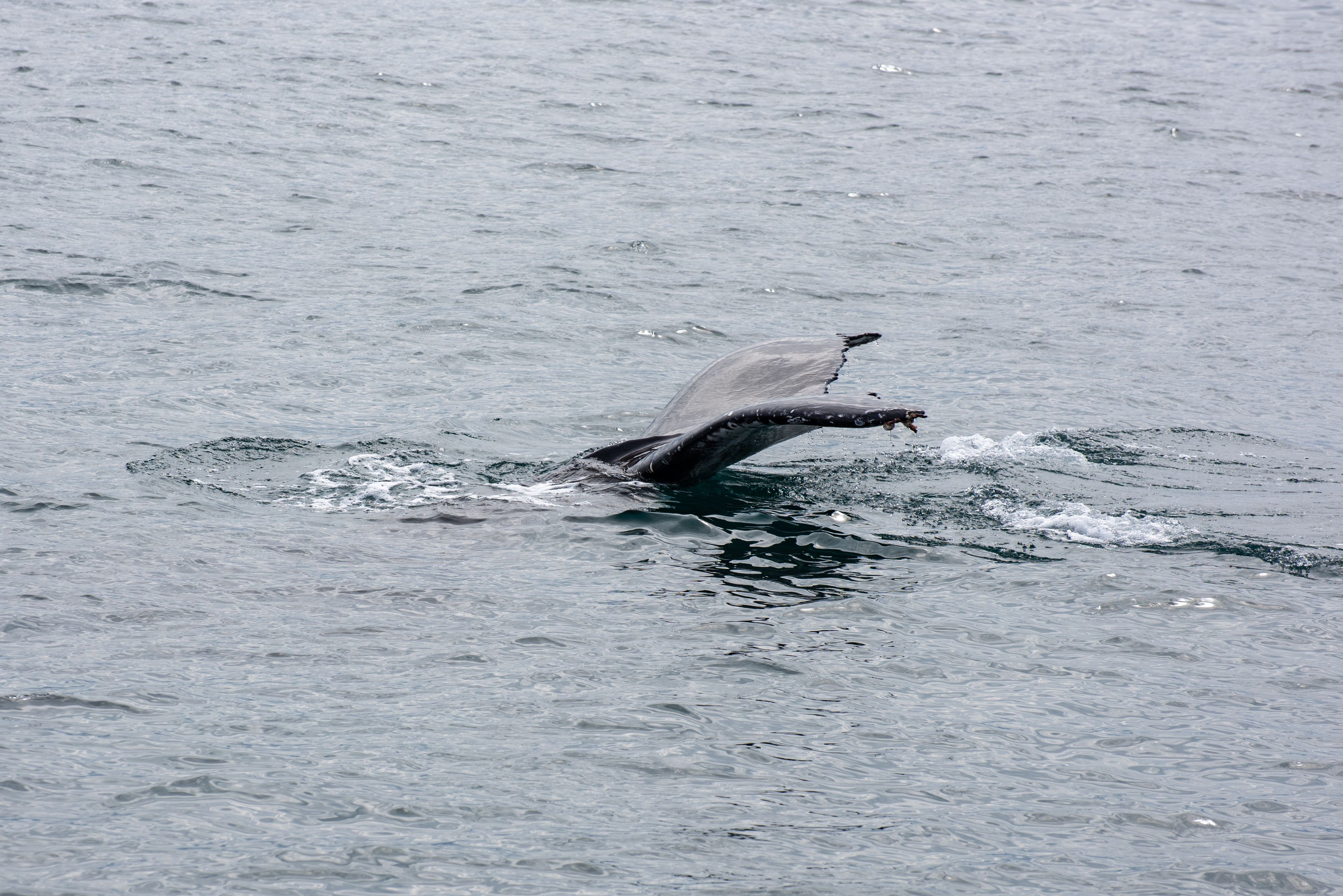
NORTHERN EXPOSURE
A vivid feature series investigating the
echoing remnants of mass whaling
in the North Atlantic ocean.
Revealing the hidden threats to
our planets' largest animals.
Written and photographed by Ky Trickett
Our world is a nuanced biosphere, self-regulating and synergetic. The organisms that were once created by our planet are the things that maintain and continue to make life possible on our planet. Life on Earth is an intense and sometimes mystical web and this is truer today, in the early 21st century, than any point before us.
In our oceans and seas are Earth's hidden organs. Marine plants produce 70% of oxygen in our atmosphere whereas rainforests contribute roughly only one third (28%). The ocean produces oxygen through plants such as phytoplankton, kelp, and algal plankton and through photosynthesis they release countless tons of oxygen into the atmosphere. Prochlorococcus is a phytoplankton that produces so much oxygen in fact, researchers have claimed it is responsible for one in every five breaths we take.
Cetaceans are the ocean's gardeners carefully tending the wild forests of phytoplankton and algaes and microalgaes that all life depends. They are the Olympian sentinels who take permanent watch on the biosphere beneath the waves. All species of cetacean migrate and re-distribute nutrients across the world. They do this through consistently diving to depths as deep as 300 meters and absorbing nutrients. Returning to the surface for air leads to many tiny plant species feeding on the faeces from whales. Species like phytoplankton will then absorb vast amount of CO2 during photosynthesis. This is a carbon cycle that remains critical in regulating our world. Especially in a conscious age where we are more concerned than ever of climate change and the stewardship of our home.
International commercial whaling ceased when the IWC (International Whaling Commission) declared it outlawed in 1986. Many historically large whaling communities around the world, such as the Basques or the United Kingdom which notoriously hunted whales had ceased long ago. The IWC generally managed to stop whaling internationally. A few countries did not abide the ruling, famously, Japan, Norway, Iceland and the Faroe Islands.
Mass whaling exists today and it exists on our doorstep. This investigation will further expose the cruel whaling practices in Iceland and the Faroe Islands which threaten cetaceans in the North Atlantic and threaten our Earth. Fin whale hunting has resumed in Iceland and the Faroe Islands continue to slaughter hundreds if not thousands of pilot whales and dolphins for sport every year.
Fin whaling has resumed in Iceland this year. Whaling company Hvalur hf, (pronounced kva-lur) are committed to hunting over 140 rare fin whales. The CEO, Kristán Loftsson, is personally responsible and today fin whales are listed as internationally endangered under the U.S endangered species act. During the mid 20th century over 750,000 were hunted bringing them down to 2% of their original population, by the 1980s they were left with only a few thousand.
Look further south to the remote Faroe Islands, a client vassal of Denmark, and you will witness regular rituals of bloodsport. Systematic massacring of entire pods of intelligent pilot whales and dolphins. Couched within thin veils of tradition and subsistence, hundreds of dolphins are cruelly beached and butchered.
You'd be forgiven for assuming this level of barbarism was in the past - today, in 2022, it continues in the Faroe Islands and in Iceland.
WARNING
From this moment on the images and video content will be extremely graphic and shockingly vile. The reader may find them uncomfortable to see.
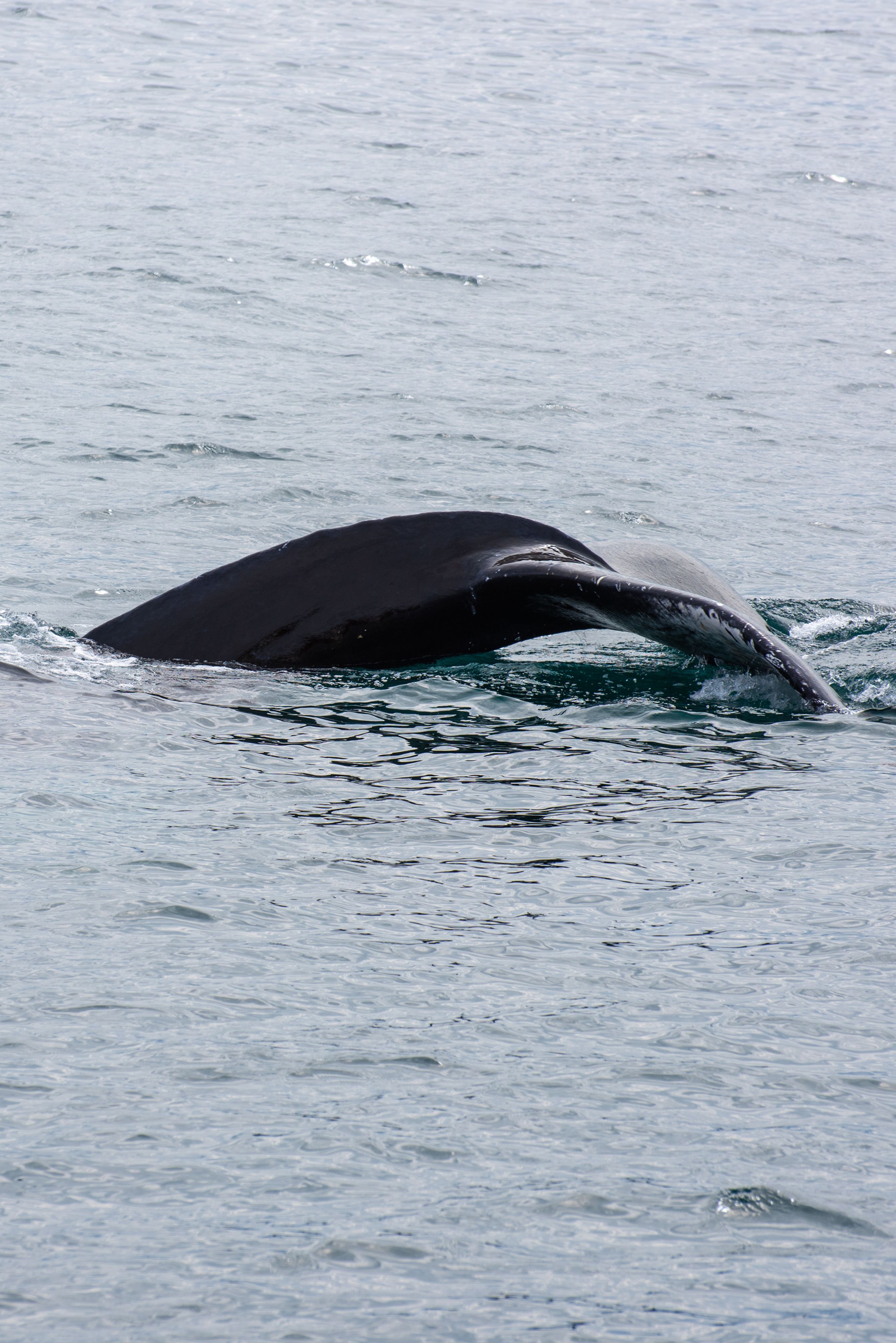
Fin whale tail breaching
Fin whale tail breaching
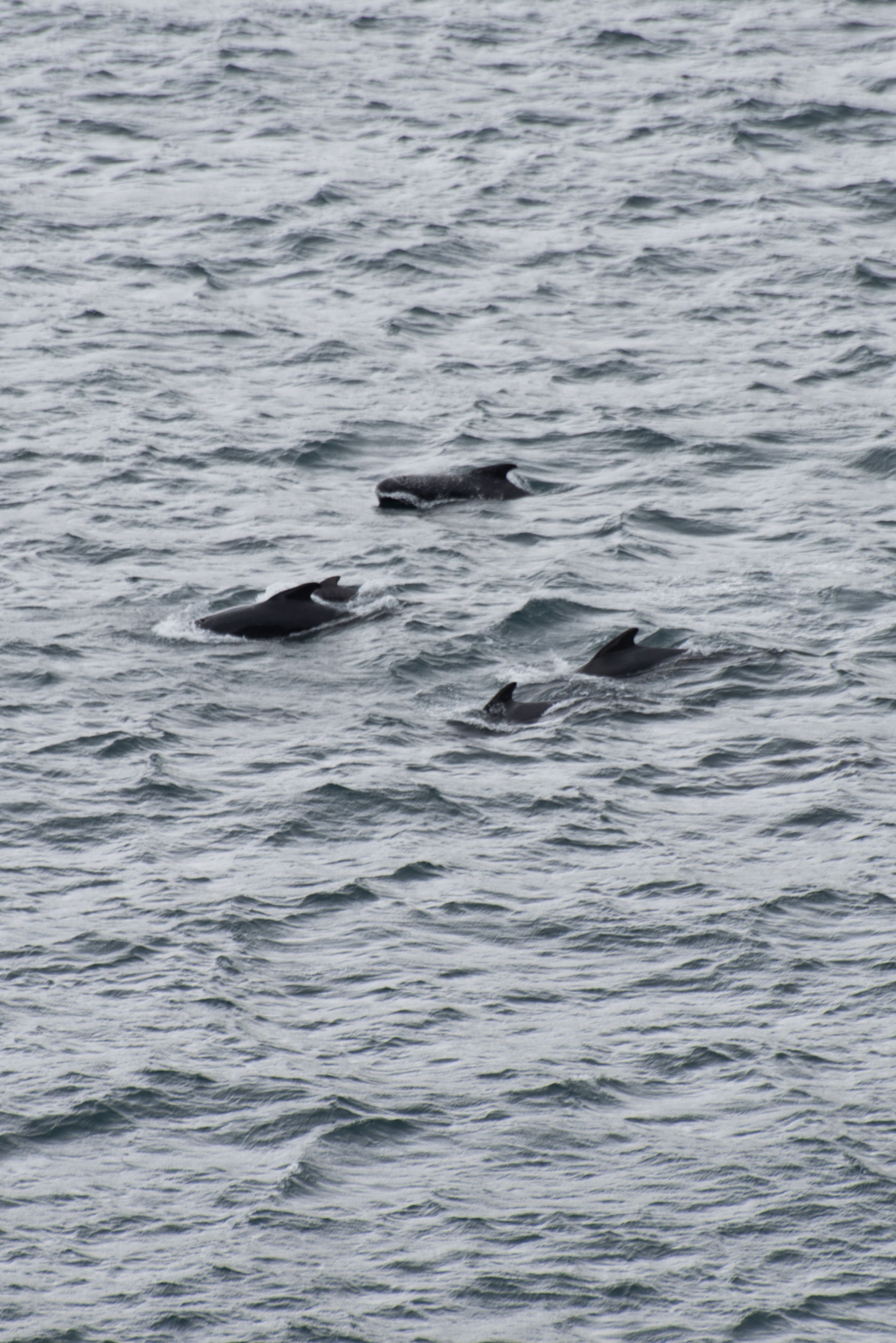
Pilot whales in the Faroe Islands.
Pilot whales in the Faroe Islands.
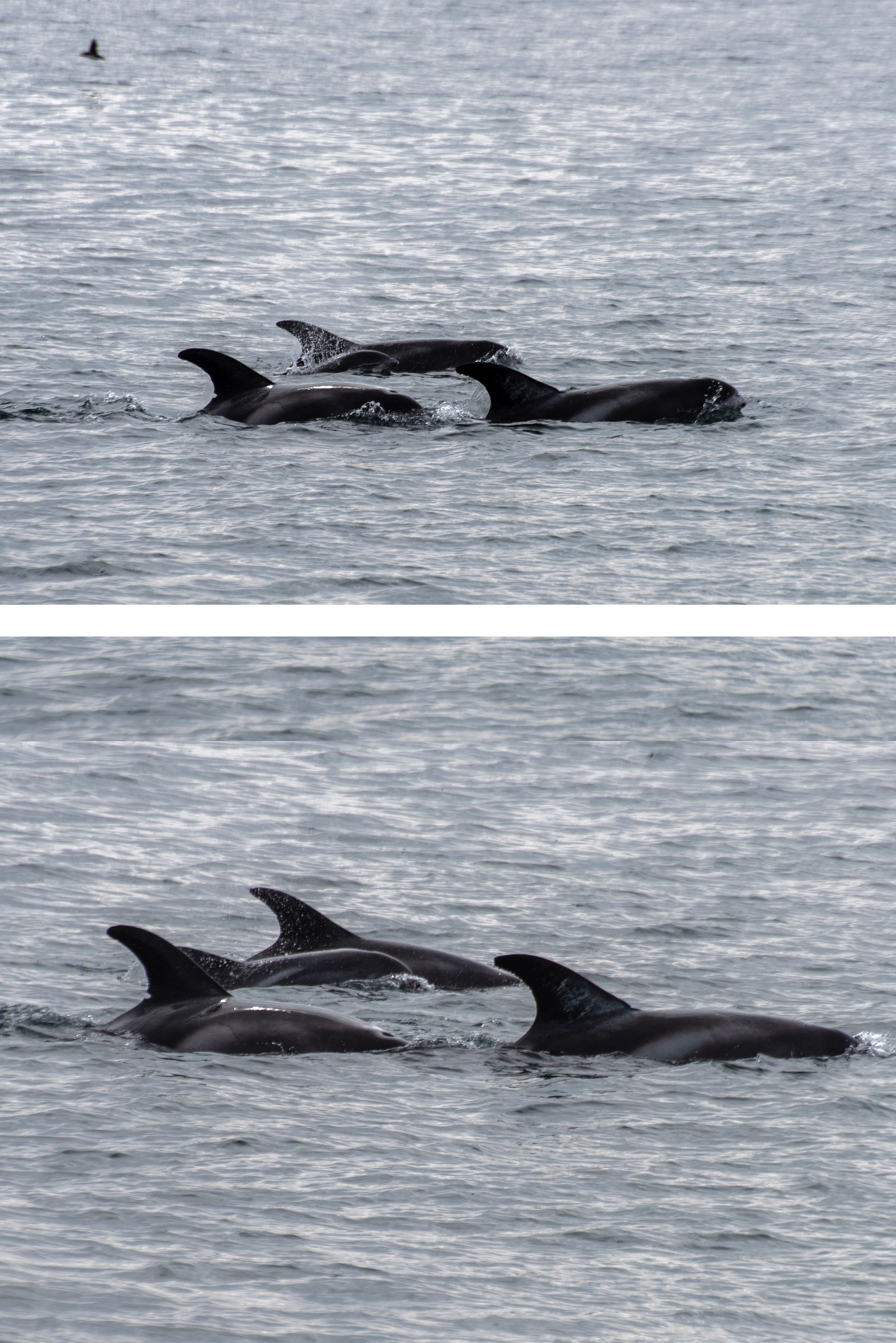
White-beaked dolphins in the Faroe Islands.
White-beaked dolphins in the Faroe Islands.
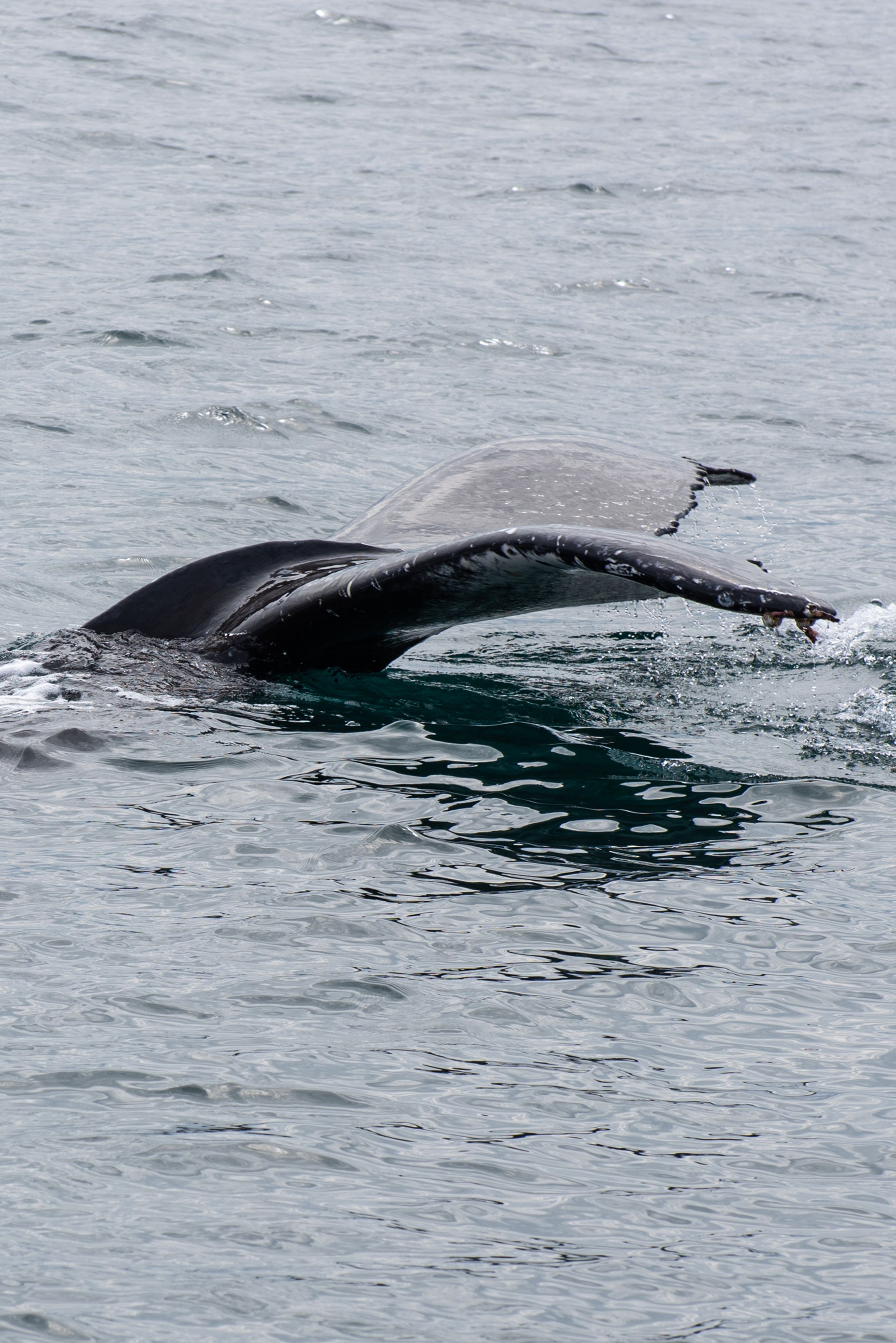
Fin whale tail breaching
Fin whale tail breaching
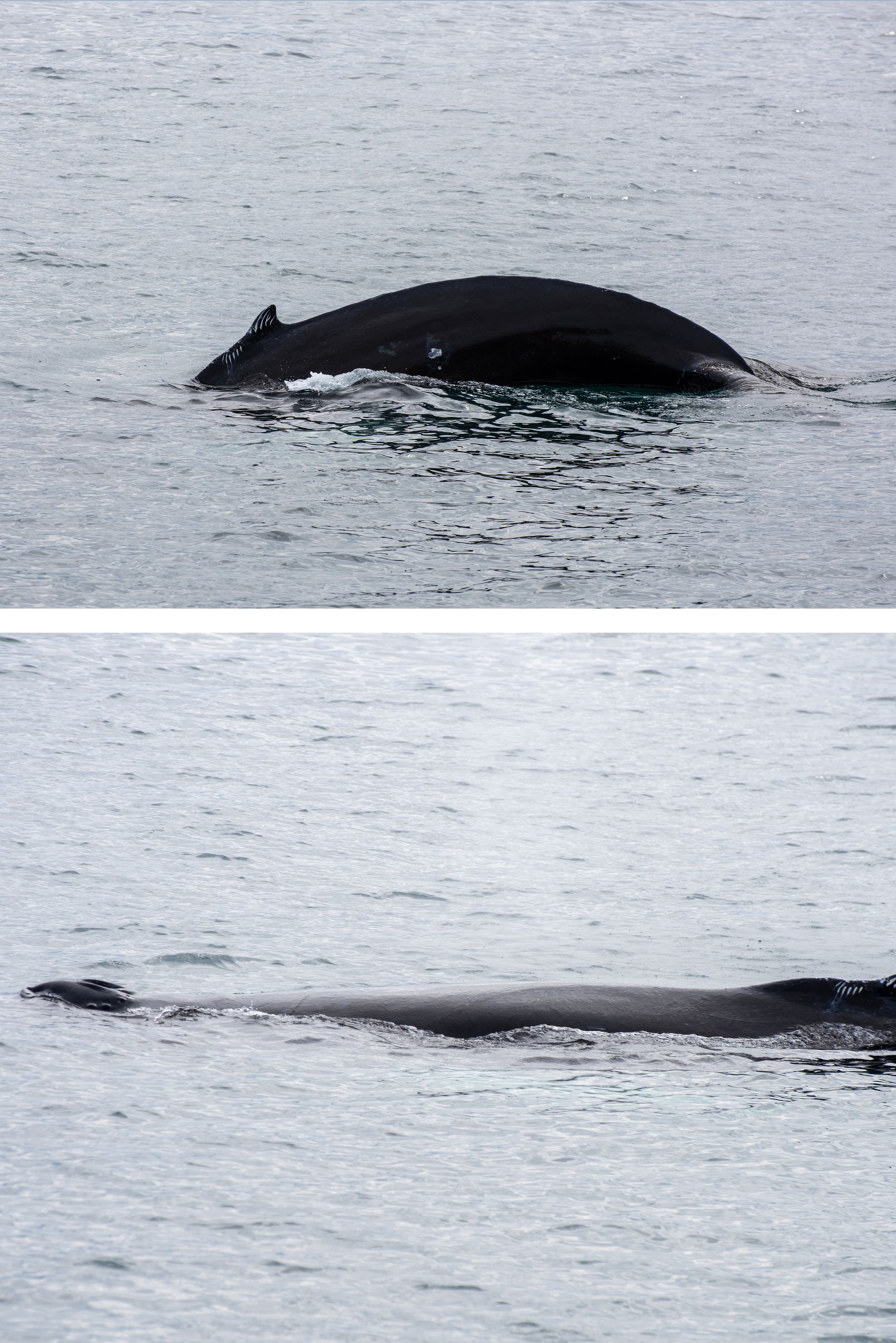
Fin whale breaching in the gulf of the hvalfjörður
Fin whale breaching in the gulf of the hvalfjörður

